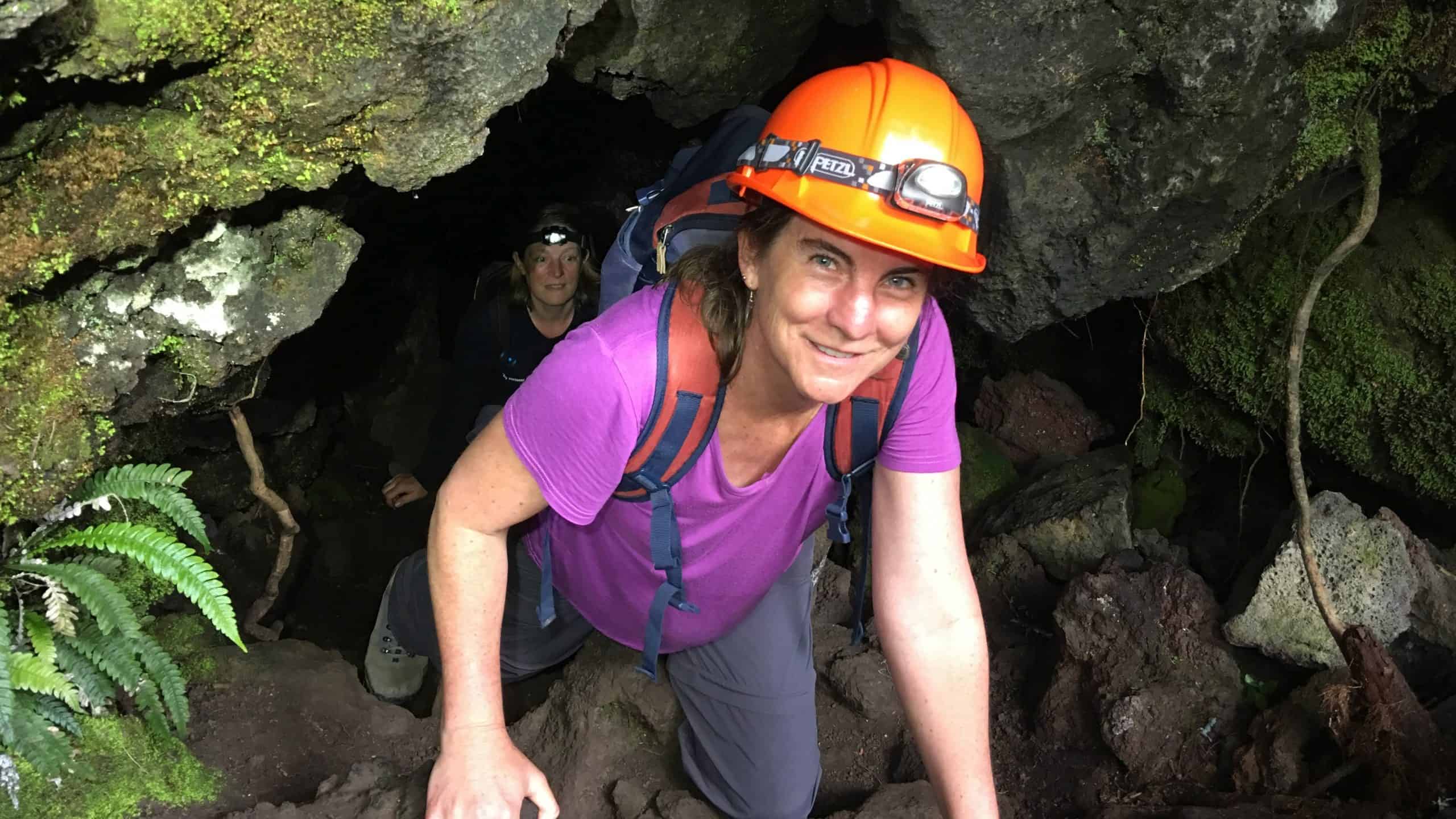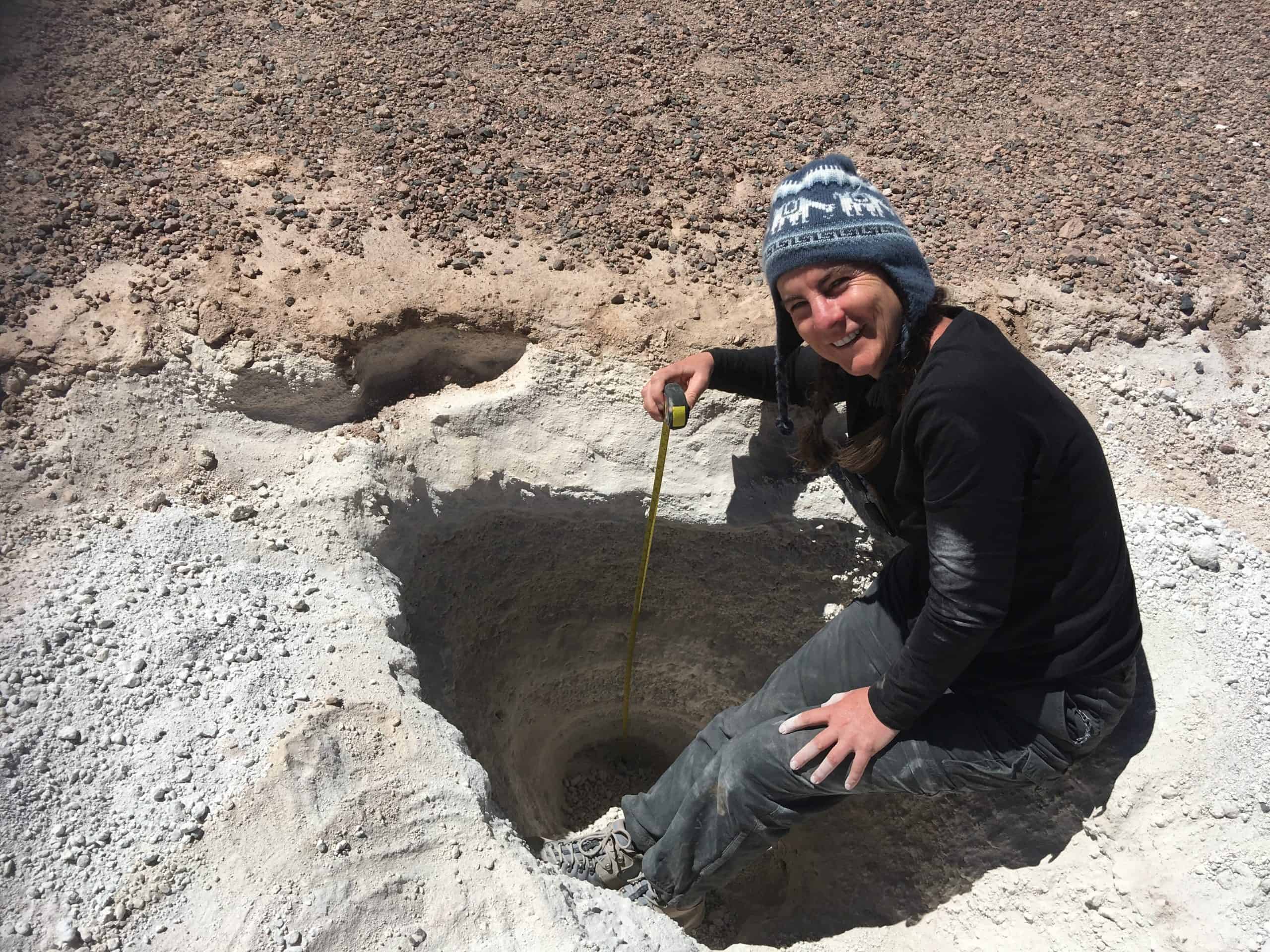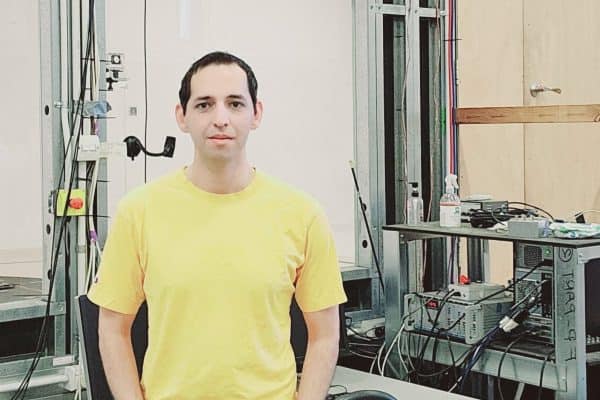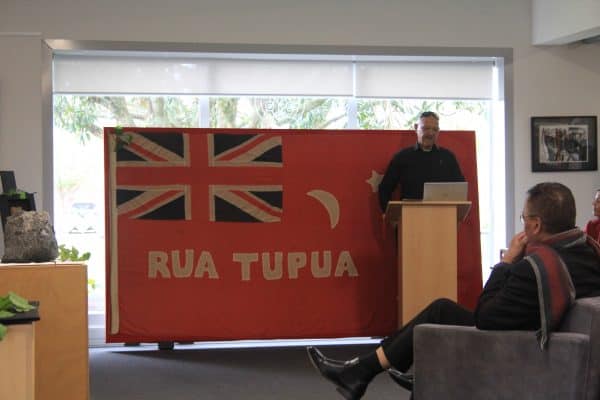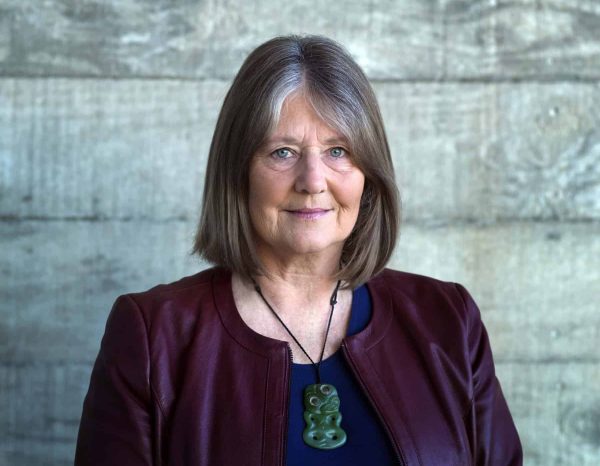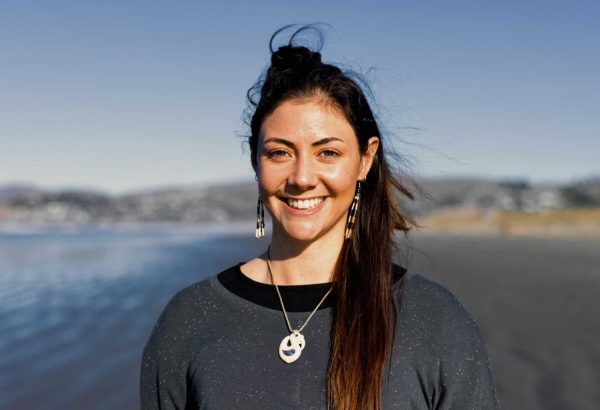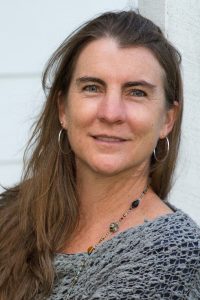
Q. Tēnā koe Jan. First of all, congratulations on your recent promotion to Professor!
Tēnā koe. Thank you. To be honest it still feels quite surreal! I think it is important to acknowledge that an academic career is built on collaborations – with mentors, students, fellow researchers and teachers, funders…and I wouldn’t have achieved promotion to Professor without the great mahi of all my collaborators. I hope they all realise how much I appreciate them!
Q. How did you get into volcanology? Have you always been fascinated with volcanoes?
Although I grew up in Rotorua surrounded by volcanoes it was only when I hit university that I developed an interest in Earth Science. Ironically, I didn’t do much science at high school and went to university to study languages and linguistics (English and German) with the aim of becoming a teacher! I took two Geology papers in my first year for fun, to fill a gap in my timetable because the description in the prospectus sounded interesting. It didn’t take long before I was hooked – and over the next 3 years converted from a BA to a BSc, and I guess the rest is history. I became specifically interested in volcanoes when I did my MSc on Hauturu – Little Barrier Island volcano in Auckland’s Hauraki Gulf.
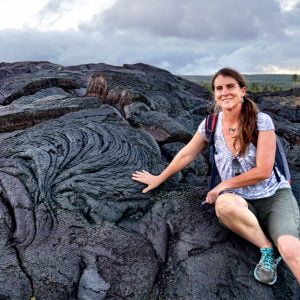
Q. I understand you’re the first woman Professor of Volcanology in New Zealand. Do you have thoughts on how can we inspire more girls and women to take up earth sciences, and support them into leadership roles?
There are about 6 or 7 people in Aotearoa New Zealand that would probably identify as Professors of Volcanology, and yes I am the only woman. In Earth Science as a whole it is not much better – I believe I am just one of 2 or 3 active female Earth Science Professors. We actually have a good number of women studying Earth Science and going on to do postgraduate study, but there are so few positions available after students finish their PhD that they often hit a wall and change career path or head overseas. More support for postdoctoral fellowships would make a big difference.
Q. You’re co-leading the Urban theme for Phase 2 of the Challenge. What drew you to working on a National Science Challenge?
I was only peripherally involved in the first phase of the Challenge, and was really happy when the opportunity came up to join Phase 2 as theme leader for Urban. What drew me to it was the desire to be part of a great team with a great Kaupapa – the Theme leaders across the challenge are all exceptional researchers who are committed to a resilient future for Aotearoa, to nurturing the next generation of researchers, and to enhancing Mātauranga Māori, all things I fully support.
Q. What parts of the Urban research programme are you most excited about?
I am really excited about a new collaboration with law Professor John Hopkins at the University of Canterbury looking at governance around disaster response in the event of an Auckland Volcanic Field eruption. This particular project is co-funded by DEVORA (see below) and is an exciting addition to current research on Auckland’s volcanoes. The premise is if we can front-foot governance structures, laws and plans to be optimised for resilience and recovery we can reduce the shock and impact of a future event.
Q. You also co-lead the multi-agency, interdisiplinary research programme DEVORA (Determining Volcanic Risk in Auckland). Can you tell us a bit about that?
DEVORA is a multi-agency research programme co-led by myself and Graham Leonard (GNS Science) and funded by EQC and Auckland Council. Our research ranges from fundamental geological, petrological and geophysical studies on the nature of the Auckland Volcanic Field (AVF) to assessment of impacts and risk of a future eruption. The programme has been active for over 10 years and we have made some really important advances in understanding the AVF and the enormous economic, social and physical impacts that an eruption would have. A really important outcome is our whakawhanaungatanga, especially the relationship building between our researchers and Auckland Emergency Management. We also have an active steering committee of representatives from EQC and Auckland Council who help define research priorities, and we put a lot of effort into outreach via community events such as the Auckland Heritage Festival and our Facebook page.
Q. You’ve spent a lot of time studying and working overseas – in Germany, Chile, and the Carribean. How have these experiences influenced your research interests here?
My MSc supervisor Ian Smith used to say that volcanology is the ‘adventure science’, and I have indeed been lucky in my career to have had many adventures around the world. My experience overseas in seeing how people (in general) and authorities (in particular) interact with volcanic hazard and risk information really sparked my interest in volcanic hazard and risk communication, which I now focus a lot on here. For example, I have done field work to assess volcanic hazard in several overseas volcanic regions where authorities have instructed me not to mention to anyone what I was there for. In other places I have seen school children totally embrace the idea that they live on an active volcano and soak up information about their hazard and risk. These sorts of encounters have definitely shaped my research interests back in New Zealand, where I am really interested not only in how volcanoes work but how we might communicate what they might do in the future, for example via hazard maps or eruption forecasting or decision-making tools.
Q. What are your future aspirations?
Other than to continue to work with an amazing group of students and researchers, I would love to see an increase in participation of Māori and Pasifika researchers in the Earth Sciences and aspire to support initiatives that aim to do just that.
